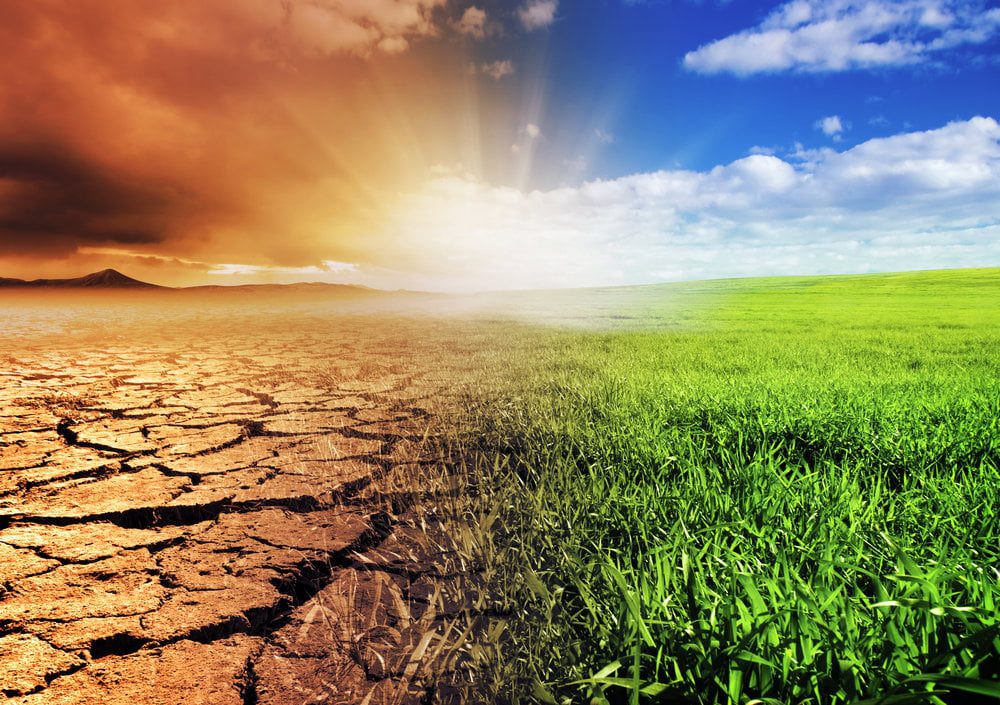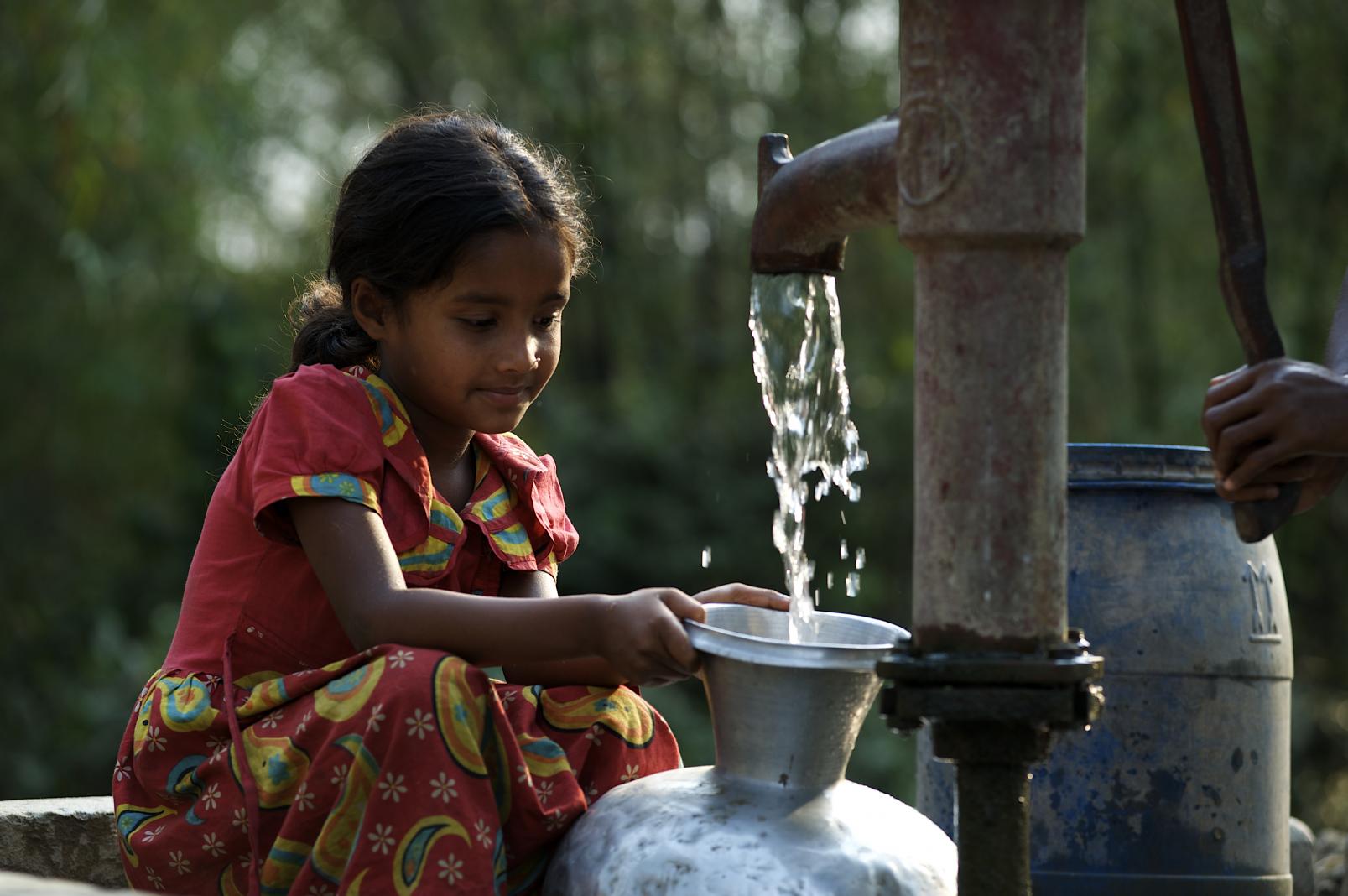How climate change is affecting food and nutrition

Epidemics, war and climate change—the triad of effects—has made the world one of the most adversarial. The resulting economic crisis and severe food insecurity are signaling world-wide famine. Although epidemics and wars are relatively new phenomena; Climate change has been going on for decades. How climate change is affecting food security, food quality and nutrition is the subject of this discussion.
Poor nutrition is one of the leading causes of morbidity and mortality. Around 690 million people are currently hungry worldwide and this number is expected to exceed 840 million by 2030 (FAO-2020). As of 2020, 1.5 million children under the age of 5 were stunted and 4.5 million were stunted due to inadequate and poor quality diets. At the same time, 3.9 million children under 5 were overweight in 2020 (WHO 2021). These trends are driven by inequality and unsustainable food systems, which cannot meet food security and nutritional needs for all. Apart from climate change, external shocks such as the Covid-19 pandemic have adversely affected food systems and pushed more people undernourishment.
Climate change is associated with weather events such as droughts, floods, wildfires, reduced productivity due to low-fertility of the soil, abnormal rainfall patterns and acid rain from heavy fertilizer use. This vicious cycle leads to all kinds of food insecurity and malnutrition, environmental damage, water scarcity and the emergence of new human, plant and animal diseases.
Climate change directly affects the entire food system by affecting soil fertility, rainfall patterns, crop yields and food production, nutrients and nutrient bioavailability. These changes reduce macro- and micronutrients in the global food supply. As an indirect effect, other problems such as spoilage by pests at different stages of the food chain and increase food safety risks.
The food system includes production, collection, transportation, processing, distribution, trade and marketing, regulation, food consumption and nutrition and health, socioeconomic and environmental outcomes.
The emergence of agriculture in the Neolithic Revolution shifted to a predominantly plant-based diet. Food systems have also evolved with urbanization, food storage and transportation systems, trade routes, and consumer demand. Science and technology have revolutionized food production, processing, storage, and transportation, along with increased consumption of processed, energy, and micronutrient-dense foods.
There is a reciprocal and cyclical interaction between food systems and climate change. Agricultural production has doubled over the past 40 years and the food supply chain has globalized. Extensive food production initiatives (eg, fertilizer use, expanded crop and livestock production) and deforestation have increased greenhouse gas emissions, which have actually reduced food production.
In addition, increasing urbanization, education and prosperity are increasing the demand for meat worldwide, especially in low- and middle-income countries. High-income countries consume about 6 times more dairy products and 9 times more eggs per capita than low-income countries. Between 2010 and 2050, global demand for livestock and dairy products is projected to increase by 70 and 60 percent, respectively. In the western world and with rising incomes and urbanization in low- and middle-income countries, food of animal origin is being consumed more. At the same time there has been confusion about the definition of a healthy diet. Western and Latin American diets are said to be healthier than those in Asia and sub-Saharan Africa. But it fails to explain the rise in the double burden of malnutrition worldwide. Because Western and Latin America have high rates of overweight and obesity. On the other hand, unprocessed and vegetarian diets are claimed to offer several health benefits, including longevity and lower rates of food-related non-communicable diseases.
Effects of Climate Change: Loss of Biodiversity
Over 50 years of limited crop agriculture has placed too much emphasis on conventional crops and horticultural crops, resulting in the loss of indigenous and traditional food crops. Today, 80-90 percent of human diet depends on 12 to 20 species, and just three—rice, maize, and wheat—provide about 60 percent of calories and plant protein sources (FAO).
Agricultural production therefore needs to adopt strategies beyond the ‘green revolution’ technologies of the last half century. Although such strategies have been useful in preventing widespread famine, inappropriate and excessive use of agro-chemicals, water wastage through inefficient irrigation systems, loss of beneficial biodiversity and reduced crop diversity are believed to have had major detrimental effects on food systems.
Impact of climate change on nutritional content of food
Climate change can affect human health by changing the nutrient content of food by increasing the concentration of carbon dioxide in the atmosphere. High levels of carbon dioxide promote rapid crop growth, but reduce plant protein content and micronutrients such as calcium, iron and zinc. Nitrogen and protein concentrations in the edible parts of most crops (except chickpea, maize, sugarcane, etc.) grown in high carbon dioxide environments decrease.
An inverse relationship is observed between increasing animal feed consumption and environmental health. That is, the process of animal food production has an adverse effect on the environment. This is a challenge for improving global nutritional status, as consumption of foods of animal origin is associated with better growth and development of young children. This is because nutrients like protein and iron are more bioavailable from animal foods.
Alternative protein sources such as plant protein, edible insects, seaweed, microalgae, and cell culture-based protein may have a lower environmental footprint.
Adaptation to dietary changes
Previous efforts to address malnutrition through agricultural development have focused on achieving caloric sufficiency. But billions of people still suffer from micronutrient and protein deficiencies. Methods such as biofortification (i.e. increasing the micronutrient content of crops through genetic selection), fortification (the addition of micronutrients to common edible products in formal and factory settings) and supplementation (pharmaceutical forms of micronutrients) have led to significant improvements in public health nutrition.
Biofortification is a process that uses agronomic practices (eg, micronutrient fertilizers), conventional plant breeding and/or genetic modification to increase the micronutrient content of staple crops. It is a food based technique ensuring superior nutrition at harvest time.
Food fortification for public health nutritional needs is a strategy that uses existing food products as micronutrient carriers produced by large concentrated food industries. Maize flour, oil, rice, salt and wheat flour are the primary food vehicles used to provide micronutrients.
But the population that needs it most is often deprived of the products. Multiple methods can be used simultaneously targeting the same population, but this can lead to potentially unintended overdosage.
Above all, climate-friendly solutions and considerations are needed to assess the impact of the above recommendations. Considerations are crop yield versus nutrient and bioavailability and increased animal feed intake versus environmental footprint. A balanced approach to moving towards a more healthy, sustainable food system; unintended health consequences due to altered food intake behavior; And cross-cutting issues such as gender, urbanization and food waste need to be taken into account.
Tags: 10 effects of climate change, Paragraph climate change, Effects of climate change, Impact of climate change paragraph, Impact of climate change in Bangladesh, Causes of climate change, What is climate, Climate change adaptation,, climate change and nutrition pdf, how does the food we eat affect climate change, harvard food and climate major, how does climate change affect malnutrition, effects of food production on climate change, climate change and food security, best foods for climate change, climate change and nutrition-associated diseases



